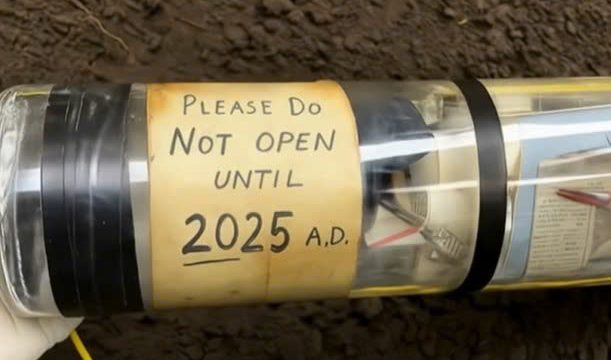It’s not unusual to pick up a package of ground beef from the grocery store, take it home with plans for dinner, and then notice that the meat looks more gray than the bright red color we usually associate with freshness. This can be concerning because most of us are conditioned to believe that ground beef should have that vibrant red appearance if it’s fresh and safe to eat.

While it’s natural to worry when meat doesn’t look the way we expect, gray ground beef isn’t always a sign that it’s spoiled or unsafe. Understanding why beef changes color and knowing how to spot true signs of spoilage can help you decide whether to cook it or toss it, avoiding unnecessary waste while keeping your meals safe. Fresh beef gets its red color from a pigment called myoglobin, which, when exposed to oxygen, forms oxymyoglobin—the compound responsible for that rich, cherry-red hue that makes meat look appealing in the store. In packages of ground beef, the meat on the outside is usually exposed to more oxygen, turning it red, while the interior remains grayish or brownish simply because it hasn’t come into contact with enough oxygen. This lack of exposure is common and doesn’t mean the meat is bad; it’s simply a natural occurrence during packaging and storage.
However, color changes on the outer surface of the ground beef tell a different story. If the outside appears gray or brown, or if the majority of the meat has lost its redness, this can be a warning sign that it has started to spoil. Oxidation and bacterial growth over time can cause these changes, and while color alone doesn’t always determine safety, it’s a cue to check more closely for other indicators. One of the most reliable signs that ground beef has gone bad is smell. Fresh ground beef has a mild, slightly metallic scent. If your beef has a sour, rancid, or otherwise unpleasant odor, it’s likely spoiled and should be thrown out immediately. Another red flag is texture—spoiled beef often feels sticky, tacky, or slimy instead of firm and moist.
These changes happen as bacteria grow and break down the meat’s proteins and fats. At that point, no amount of cooking will make it safe to eat because toxins produced by bacteria can remain even after heat kills the organisms themselves. The sell-by date on the package can also help guide your decision. While ground beef may still be safe for a day or two after this date if stored properly, the risk of spoilage increases quickly. If your beef is past its date and shows any signs of discoloration, off smell, or slimy texture, it’s best to discard it.
Foodborne illnesses from bacteria such as E. coli and Salmonella can cause severe health problems, making it critical not to take chances with questionable meat. Proper storage is key to keeping ground beef safe for as long as possible. The USDA recommends storing it in the refrigerator at 40°F or below and using it within one to two days of purchase. If you’re not planning to cook it that quickly, freezing is the best option. Wrap it tightly or keep it in its original packaging inside a freezer-safe bag to prevent freezer burn, and freeze at 0°F or lower.
Frozen ground beef can maintain quality for up to four months. When you’re ready to use it, thaw it in the refrigerator—not on the counter—to keep it at a safe temperature while it defrosts. Cooking ground beef thoroughly is another important safety measure. Always cook it to an internal temperature of 160°F, checked with a food thermometer, to ensure that harmful bacteria are destroyed. While cooking will kill bacteria, it cannot reverse spoilage, so starting with fresh, high-quality meat is essential.
In the end, a gray center in ground beef is usually harmless and simply the result of oxygen not reaching that part of the meat. But if the gray or brown color is on the outside, especially when accompanied by an unpleasant odor or slimy texture, it’s a clear sign to throw it away. By learning to identify the difference between natural color variation and actual spoilage, you can make better decisions in the kitchen, save money by avoiding unnecessary waste, and protect yourself and your family from potential foodborne illnesses. When in doubt, remember the golden rule of food safety—if something about the meat’s color, smell, or texture feels wrong, it’s always safer to discard it rather than risk your health.





